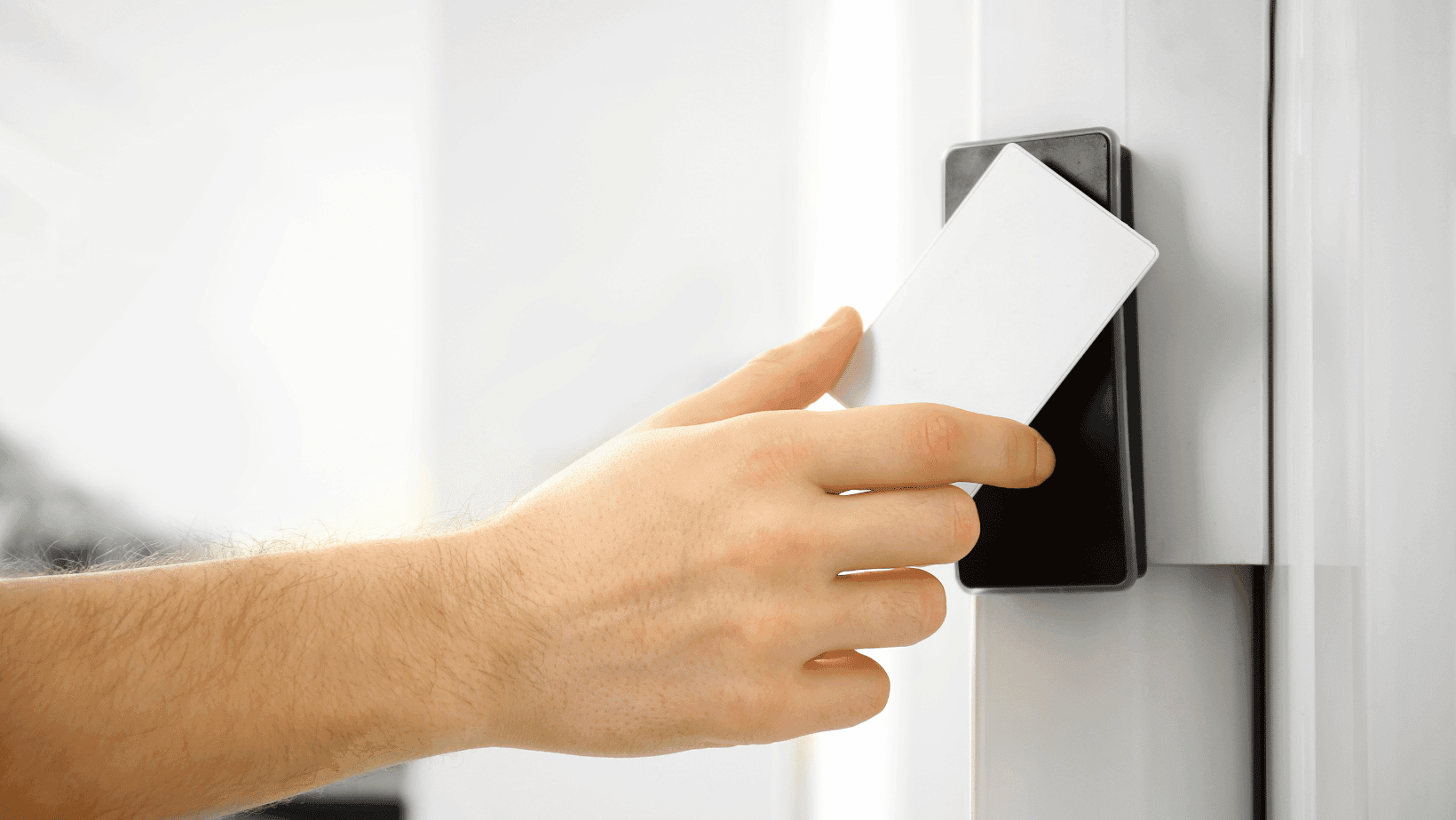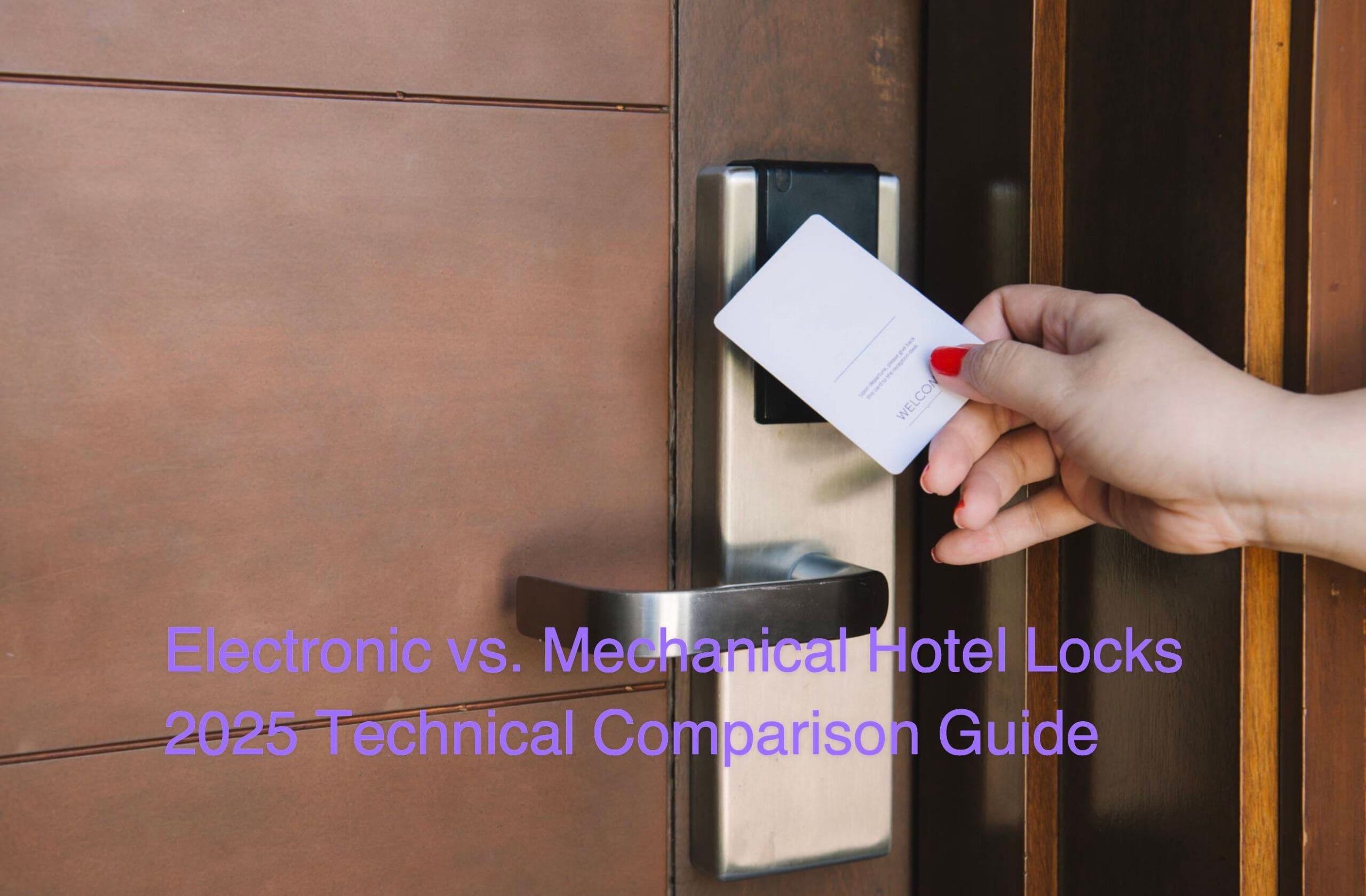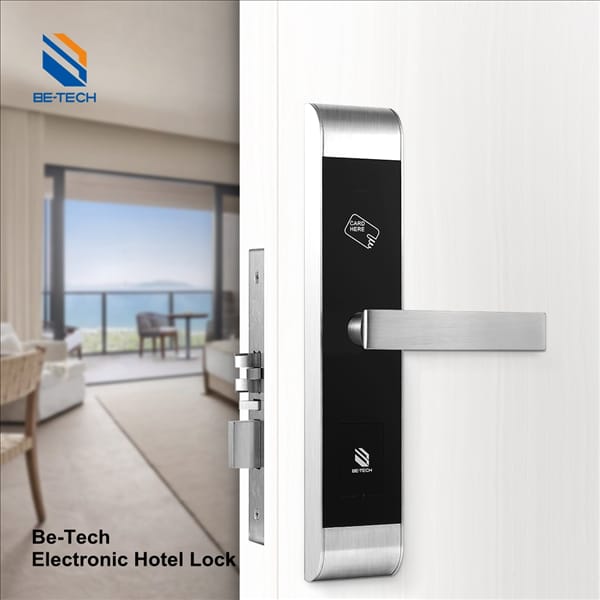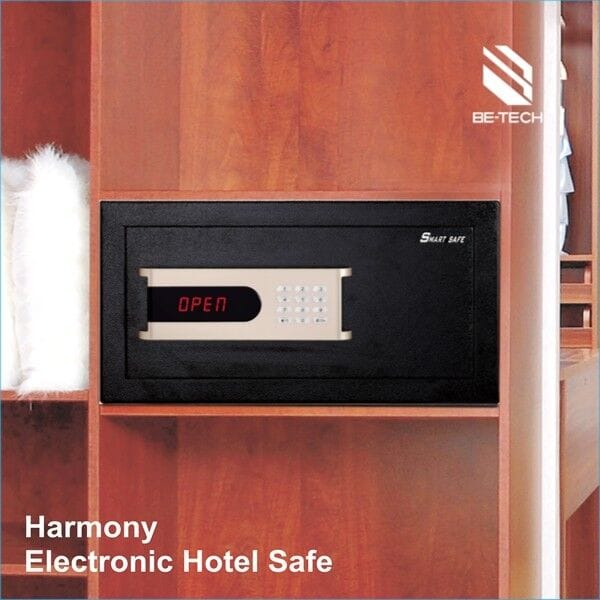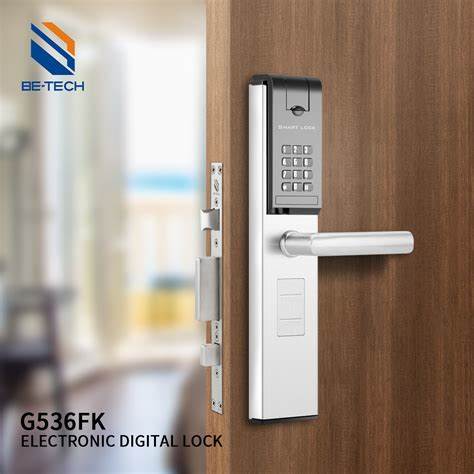Have you ever wondered about the ingenious technology that allows a simple plastic card to unlock your hotel room door? Hotel key cards have revolutionized the hospitality industry, offering a convenient and secure way for guests to access their accommodations. Behind this seemingly simple solution lies a fascinating combination of innovative systems and processes designed to ensure optimal security and a seamless guest experience. In this comprehensive article, we’ll delve into the inner workings of hotel key cards, shedding light on how they grant access to hotel room doors while prioritizing safety and convenience.
Understanding Key Card Technologies
Hotel key cards typically employ one of two main technologies: magnetic stripe cards or RFID (Radio Frequency Identification) cards. Let’s explore each in detail:
Magnetic Stripe Cards
Magnetic stripe cards have been a long-standing solution in the hospitality industry. They feature a magnetic strip on the back that stores essential guest information, such as the room number and dates of stay. To open the door, the card is swiped through a reader on the door lock. The reader then reads the data on the magnetic strip and, if it matches the programmed access permissions, unlocks the door.
While cost-effective, magnetic stripe cards are susceptible to wear and tear, making them less secure compared to other options. Additionally, the swiping motion required can be inconvenient, especially for guests carrying luggage or those with mobility challenges.
RFID Key Cards
RFID (Radio Frequency Identification) key cards have emerged as a more advanced and secure alternative. These cards contain a small RFID chip or tag that transmits a unique code when brought near the door reader. The RFID reader on the door lock picks up this code from the key card and, if it matches an authorized or valid code in the system, the door unlocks.
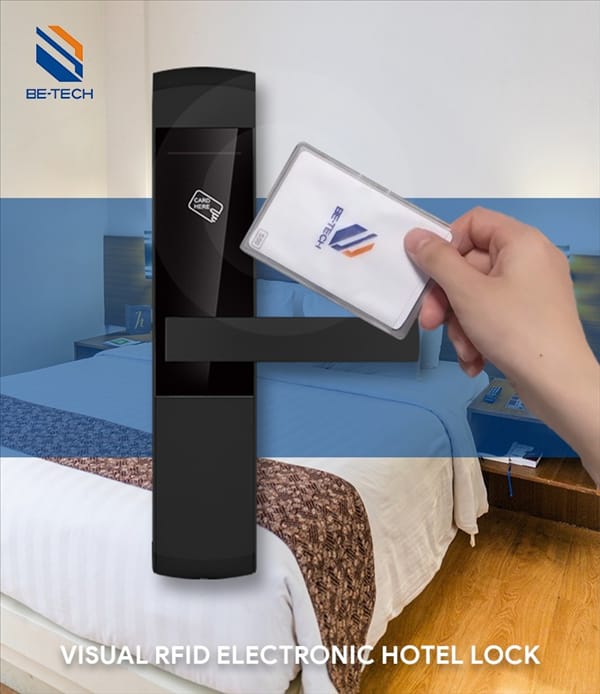
Unlike magnetic stripe cards, RFID cards don’t require physical swiping; guests simply need to hold the card near the reader. This contactless technology not only enhances convenience but also improves durability, as there’s no risk of wear from swiping. Many hotels have adopted RFID key cards due to their enhanced security features and user-friendly nature.
The Key Card Encoding Process
Regardless of the technology used, hotel key cards undergo a crucial encoding process during guest check-in. This process ensures that each card is programmed with the appropriate access permissions for the guest’s stay.
Upon arrival, hotel staff encode or program the key card with the guest’s room number and allowed dates of stay. This information is typically stored in the hotel’s property management system (PMS) and transmitted to the door lock system, which verifies which key cards should grant access to specific rooms.
The encoding process is typically automated, with staff simply needing to swipe or tap the key card on a dedicated encoder or terminal. This not only streamlines the check-in process but also minimizes the risk of human error, ensuring that guests receive the correct key card for their assigned room.
Enhanced Security Features
While the core functionality of hotel key cards revolves around granting access, modern systems also incorporate various security features to protect guests and their belongings. One such feature is the automatic deactivation or reprogramming of key cards after the guest checks out. This prevents unauthorized access to the room by former guests or staff members.
Additionally, many hotels implement measures to prevent key card duplication or cloning, further enhancing security. RFID key cards, in particular, are more difficult to copy than magnetic stripe cards, as they transmit encrypted codes that are challenging to replicate.
Be-tech Locks, a leading hotel door lock system supplier in China, offers a range of advanced RFID hotel lock solutions that prioritize both security and convenience. Their customized hotel locks can be tailored to meet the unique needs of each client, ensuring a seamless integration with existing property management systems and providing robust access control measures.
The Future of Hotel Key Card Technology
As technology continues to evolve, the hospitality industry is exploring new and innovative ways to enhance the guest experience while maintaining the highest levels of security. One potential development is the integration of mobile key solutions, which allow guests to use their smartphones as digital keys, eliminating the need for physical key cards altogether.
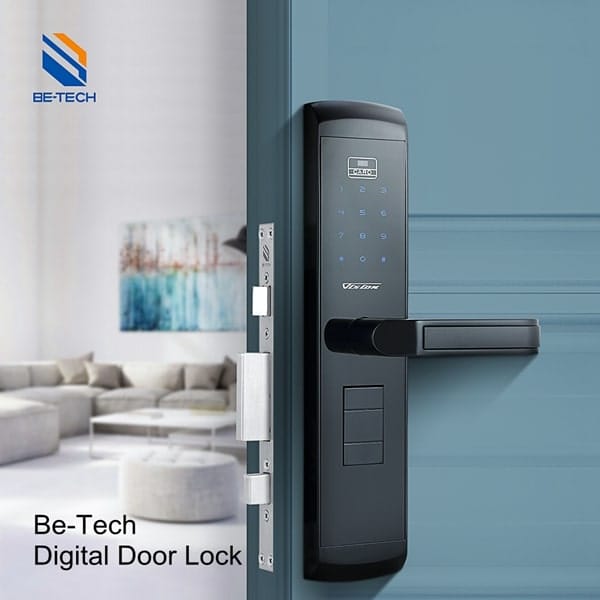
Additionally, biometric authentication methods, such as fingerprint or facial recognition, may become more prevalent in hotel door lock systems, providing an extra layer of security and convenience for guests.
Regardless of the specific technology employed, the underlying principle remains the same: to provide a seamless and secure access experience for hotel guests while ensuring the protection of their belongings and the property’s assets.
In conclusion, hotel key cards have revolutionized the way guests access their rooms, offering a convenient and secure solution that has become an industry standard. By understanding the technologies behind these cards and the processes involved in granting access, hoteliers can better appreciate the intricate systems that ensure a seamless and enjoyable stay for their guests.
Key Takeaways:
- Hotel key cards use either magnetic stripe or RFID technology to grant access to guest rooms.
- RFID key cards are more secure and convenient, as they don’t require physical swiping.
- Key cards undergo an encoding process during check-in to program access permissions.
- Modern systems incorporate security features like automatic deactivation and anti-cloning measures.
- The future may bring mobile key solutions and biometric authentication for enhanced security and convenience.
By implementing advanced hotel lock systems and staying up-to-date with the latest technologies, hotels can provide a secure and hassle-free experience for their guests, fostering trust and loyalty in the process.


